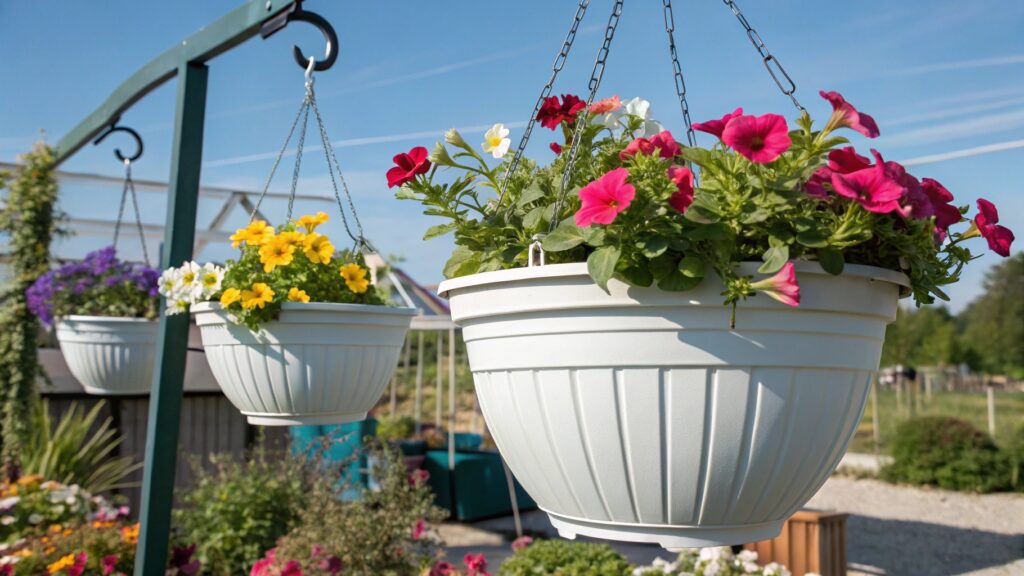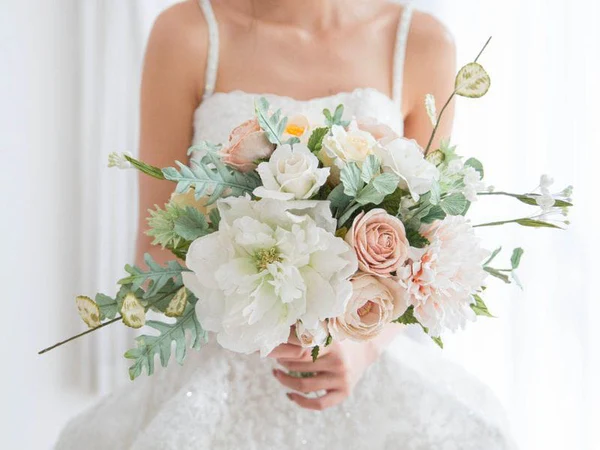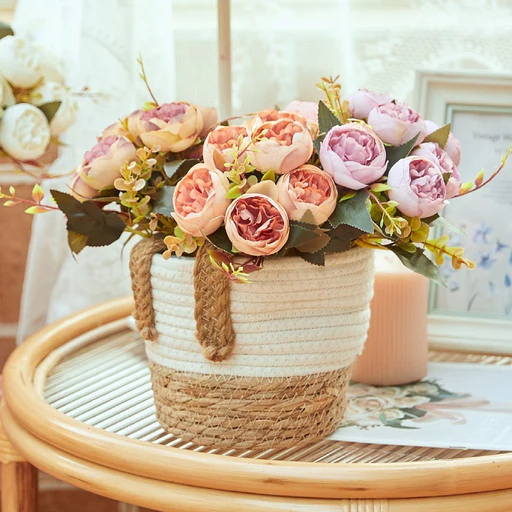Silk Flowers vs Faux Plants: 5 Best Differences Every Buyer Must Know?
Problem:
Your projects lose time and margin when the product choice is wrong. Many of my clients ask me to explain the difference between silk flowers vs faux plants.
Answer in brief: Silk flowers give the most
realism1
in close-up shots and bouquets. Faux plants deliver
durability2
and scale. For full programs, a mix is often best. This silk flowers vs faux plants guide helps buyers choose fast.

Use case: quick visual to align teams before sampling
I will show you what
silk flowers
are, what
faux plants
are, and how both perform in
realism,
durability,
and cost3.
You will see how to choose faster with a clear silk flowers vs faux plants framework.
What Are Silk Flowers vs Faux Plants?
Many buyers confuse the terms. “Silk flowers” today do not mean real silk. “Faux plants” is a wider term that includes many materials. When teams debate silk flowers vs faux plants, define the terms first, then pick by use-case.
Silk flowers use
polyester
and PU with silk-touch finishes for petal
realism.
Faux plants use PE, PVC, or PU with structured trunks for large spaces.

Use case:
event planning
and retail selection
Dive deeper
Silk flowers focus on detail. They are good for bouquets, table tops, and photography. Faux plants focus on scale. They are good for lobbies, malls, and outdoor sets. In many projects, I combine both.
One example: I worked with Sophia, a wedding planner. She needed both photo-ready bouquets and stage arches. I gave her silk roses for the bouquets and faux greenery for the arch. The result looked natural,
cost
less, and saved install time.
If you want to read more about artificial plant materials,
Polyester overview and
Polyurethane basics explain the core components.
Appearance and Realism in Silk Flowers vs Faux Plants?
When you judge realism, you must think about distance and the camera. Petals matter up close. Shape matters far away.
Silk flowers look more realistic than
faux plants
at close range. Faux plants look realistic at a distance when the form and density are good. This is why the silk flowers vs faux plants choice should follow viewing distance.

Use case:
product photography and display planning
Dive deeper
Silk flowers pass the touch and camera test in weddings and retail kits. Faux plants pass the space and scale test in offices and malls. In one hotel shoot, I used silk roses for the camera shots at 40 cm and faux trees for the hallway at 2 m. Both looked real in the right place.
You can learn how professionals test
realism
in consumer advice articles like
How to Choose Fake Plants
which explains viewing distance and texture checks.
Durability and Maintenance of Silk Flowers vs Faux Plants?
Durability depends on where you use them. Indoors, both last long. Outdoors, you must add UV or FR.
Indoors both categories last for years. Outdoors,
UV-in-resin
faux plants
last longer than standard silk petals. Fire-retardant versions exist for public interiors.

Use case: facility maintenance planning
Dive deeper
I once replaced faded outdoor stock for a client in Dubai. The old silk petals lost color fast. I switched them to
UV-in-resin
faux plants.
With a rinse plan, the leaves held color for nine months. If you want a step-by-step on cleaning,
The Spruce cleaning guide is a good start.
For FR, I share reports that meet
NFPA 701 standard.
This helps hotels and malls pass audits. Always confirm your site’s rule before ordering.
Cost and Wholesale Considerations in Silk Flowers vs Faux Plants?
Cost is not only about unit price. It is about freight, labor, and coverage. I calculate by square meter and install time.
Silk flowers
cost
less per piece but suit small close-up sets. Faux plants cover larger areas with fewer units and save labor. A mix gives balance. Your silk flowers vs faux plants decision impacts ROI.

Use case: rollout budgeting for
B2B clients
Dive deeper
For a retail rollout, I used silk for shelf bouquets and faux for backdrop plants. The total install time fell by 50%. The ROI was higher even if the faux unit
cost
was more. Freight planning also matters. Faux plants ship bulky. I always use nested crowns and knock-down pots.
Silk flowers often have MOQs of 100–300 pcs. Faux trees often 50–200 pcs. Silk ships in 10–25 days, faux in 20–35. Always ask for a golden sample and carton photo before mass production. This prevents mistakes.
Conclusion
In conclusion, silk flowers vs faux plants each offer unique value. Silk wins for close-up beauty, while faux wins for scale and
durability.
Smart buyers mix both for results and cost control.
B2B FAQs (10)
- What are silk flowers made from?
Silk flowers use polyester and PU with silk-touch finishes, wrapped stems, and wires for shaping. - Do silk flowers look more realistic than faux plants?
Yes in close-ups. Faux plants look real at a distance but silk petals pass camera tests. - Which lasts longer indoors?
Both categories last for years indoors with light dusting and proper storage. - Which lasts longer outdoors?
Faux plants with UV-in-resin last longer than silk petals in full sun. - Are silk flowers more expensive than faux plants?
Silk flowers are cheaper per piece. Faux plants are cheaper per square meter of coverage. - Which is better for weddings?
Silk flowers for bouquets and table tops. Faux greenery for arches and large structures. - Can I order fire-retardant versions?
Yes, I supply FR options tested under NFPA 701. - How do I clean artificial plants?
Use a blower monthly and microfiber cloth quarterly. For outdoor, rinse leaves with water. - Do silk flowers work for e-commerce photography?
Yes. Their petal detail boosts conversions in
macro product images. - Can I request both silk and faux samples?
Yes. I prepare sample kits with silk heads and faux leaves for side-by-side checks.
My Role
Name: Jasmine
Brand: Botanic Blossoms
Email: jasmine@cnhycrafts.com
Position: Founder & CEO
I guide B2B buyers to pick the right product. I bring over 10 years of trade experience in décor. I lead a team that delivers durable, realistic, and sustainable products worldwide.
Internal Links
External Links
- Polyester overview
- Polyurethane basics
- House Beautiful guide on fake plants
- The Spruce cleaning guide
- NFPA 701 standard
